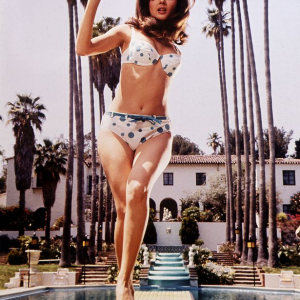Sondra Locke wasn’t just another beautiful face from Hollywood’s golden age—she was a powerhouse of talent, intellect, and courage. In the 1970s and 1980s, she captivated audiences with her performances and carved a path that was as dazzling as it was tumultuous. Yet, behind the glittering façade of fame lay a story of love, control, and an unyielding battle for creative freedom.
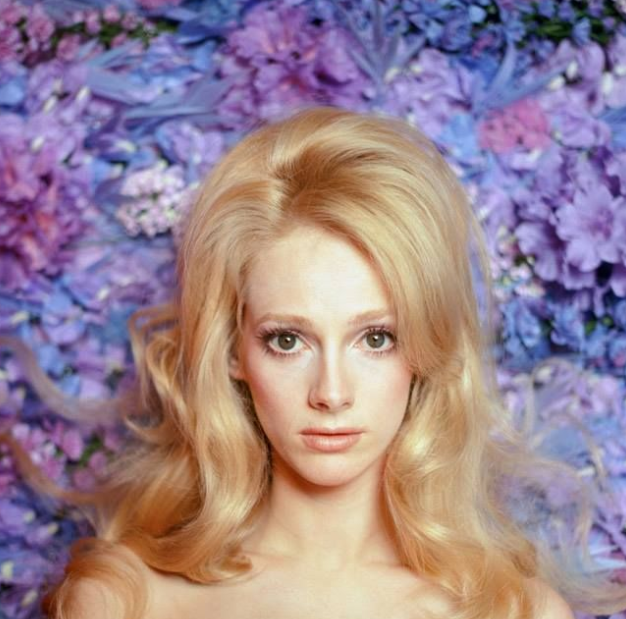
A Small-Town Dreamer with Big Ambitions
Born Sandra Louise Smith on May 28, 1944, in Shelbyville, Tennessee, Sondra Locke grew up with a dream that seemed far bigger than her small-town surroundings. Her passion for acting led her to pursue opportunities that would eventually open the doors to Hollywood.
Her breakthrough came with The Heart Is a Lonely Hunter (1968), where she starred alongside Alan Arkin. Her performance was nothing short of extraordinary—it earned her an Academy Award nomination for Best Supporting Actress. That early success marked her as a rising star, admired for her emotional depth and authenticity.
Video: 13 Sweet Photos of Sondra Locke
The Clint Eastwood Chapter: Stardom and Shadows
Sondra Locke’s life changed dramatically when she met Clint Eastwood in the mid-1970s. Their connection was instant, and soon, their professional and personal lives intertwined. Together, they became one of Hollywood’s most glamorous duos, appearing in multiple films that solidified her fame.
Some of their most memorable collaborations included:
- The Outlaw Josey Wales (1976)
- The Gauntlet (1977)
- Every Which Way But Loose (1978)
- Any Which Way You Can (1980)
- Sudden Impact (1983)
Their chemistry on screen mirrored their real-life relationship—intense, dynamic, and deeply intertwined. To the public, they seemed unstoppable. But behind closed doors, the reality was far more complex.
The Hidden Struggles Behind the Fame
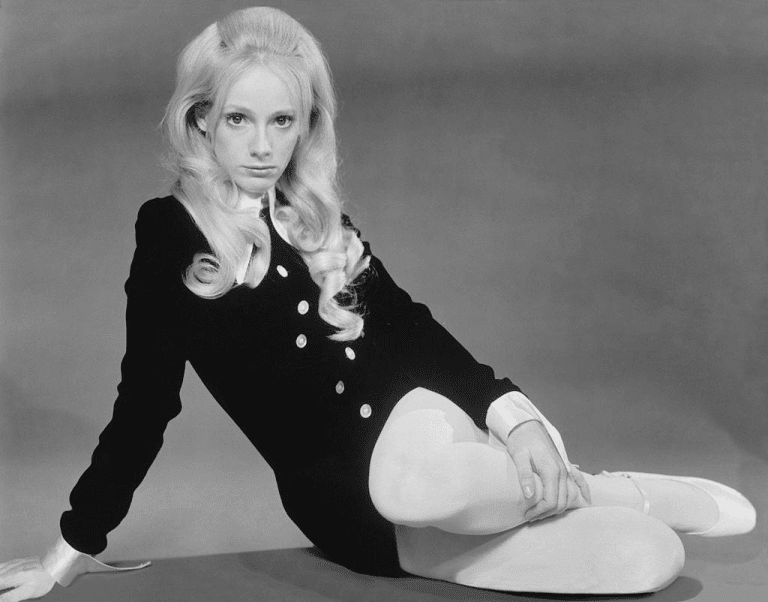
For over a decade, Locke and Eastwood shared both a home and a career, but as time passed, tensions grew. Locke later revealed that Eastwood exerted control over her professional choices, limiting her ability to work outside his projects.
This imbalance of power slowly eroded her independence. What had begun as a passionate partnership became an emotional and professional prison. When their relationship ended in the late 1980s, Locke found herself not only without her partner but without the career she had worked so hard to build.
Standing Up for Herself: The Legal Battles That Shook Hollywood
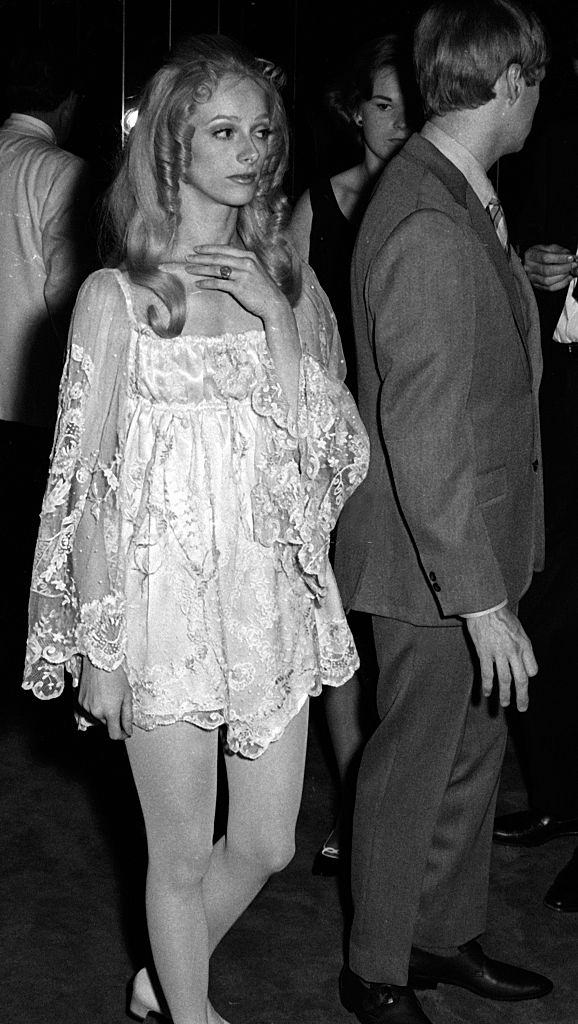
Refusing to fade quietly into the background, Sondra Locke made a bold move. In 1989, she sued Clint Eastwood for palimony, a rare legal step at the time that captured the attention of the entertainment industry. The case settled out of court, with Warner Bros. offering her a directing deal—an opportunity that appeared to signal a new beginning.
However, Locke soon discovered the truth: the deal was a façade. The studio had no intention of producing her films. It was a calculated move orchestrated to keep her silent.
Unwilling to accept this injustice, she filed another lawsuit in 1995—this time for fraud. Her courage paid off when she won a confidential settlement, sending a powerful message that no one, not even Hollywood’s biggest names, was above accountability.
Redefining Herself: From Actress to Visionary Director

After years of being defined by her relationship with Eastwood, Locke took back control of her narrative. She shifted her focus to directing and storytelling, proving that her creative talent extended far beyond acting.
Her directorial works included:
- Ratboy (1986): A darkly whimsical story about acceptance and isolation.
- Impulse (1990): A psychological thriller that showcased her command of suspense and emotion.
- Do Me a Favor (1997): A heartfelt exploration of human connection and redemption.
Through these projects, Locke demonstrated her distinct artistic voice—one shaped by experience, resilience, and an unshakable sense of purpose.
The Woman Behind the Legacy: Courage, Grace, and Defiance
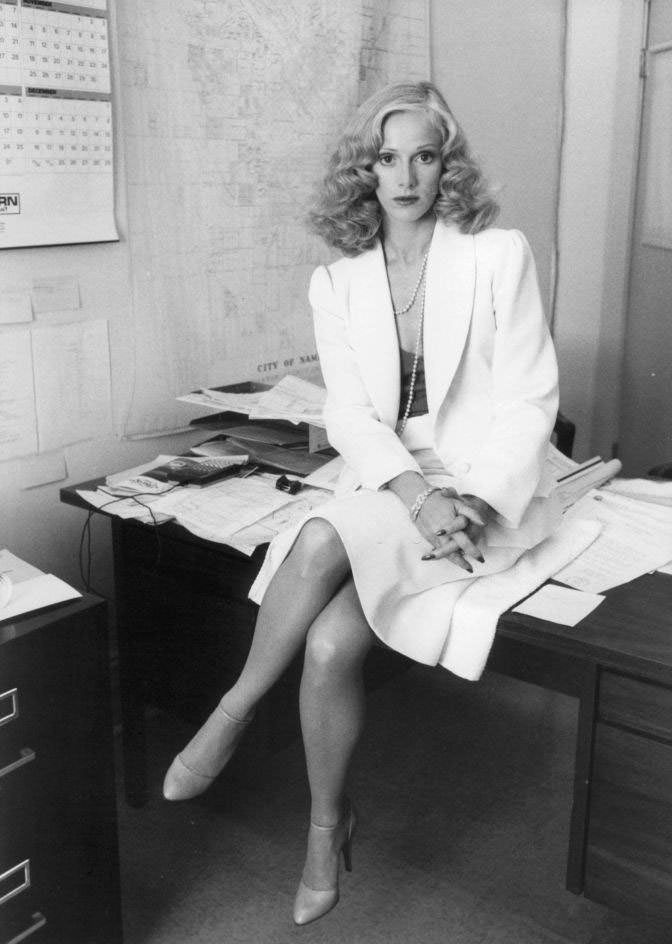
Sondra Locke’s later years were marked by reflection and quiet strength. While she never reached the same level of fame she enjoyed in her early career, her impact remained undeniable. She had challenged an industry known for silencing women and stood up against one of its most powerful figures.
Her story became symbolic of the fight for equality and integrity in Hollywood—a struggle that countless others would later continue. She was a woman ahead of her time, using her own pain to shed light on the hidden realities of the entertainment world.
Why Sondra Locke’s Story Still Inspires Today
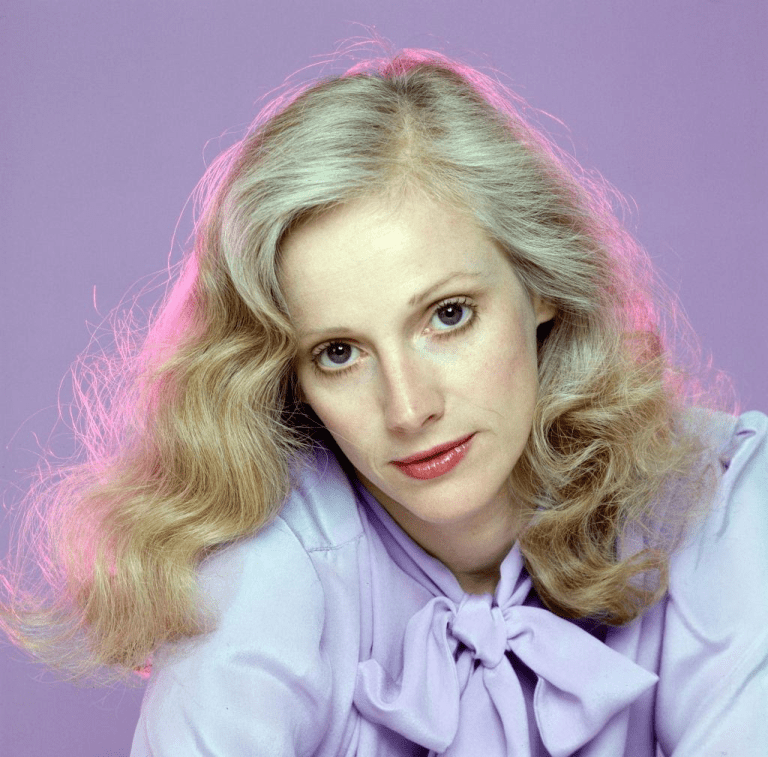
Sondra Locke’s journey serves as a timeless reminder that strength doesn’t come from success alone—it comes from the courage to stand firm when everything seems lost. She embodied resilience, talent, and the determination to reclaim her voice in an industry that often tried to write her out of its script.
Her legacy endures because she refused to let others define her worth. She was more than Clint Eastwood’s partner—she was a visionary artist, a trailblazer for women in film, and a survivor who never stopped fighting for justice and creative freedom.
Conclusion: The Star Who Refused to Fade
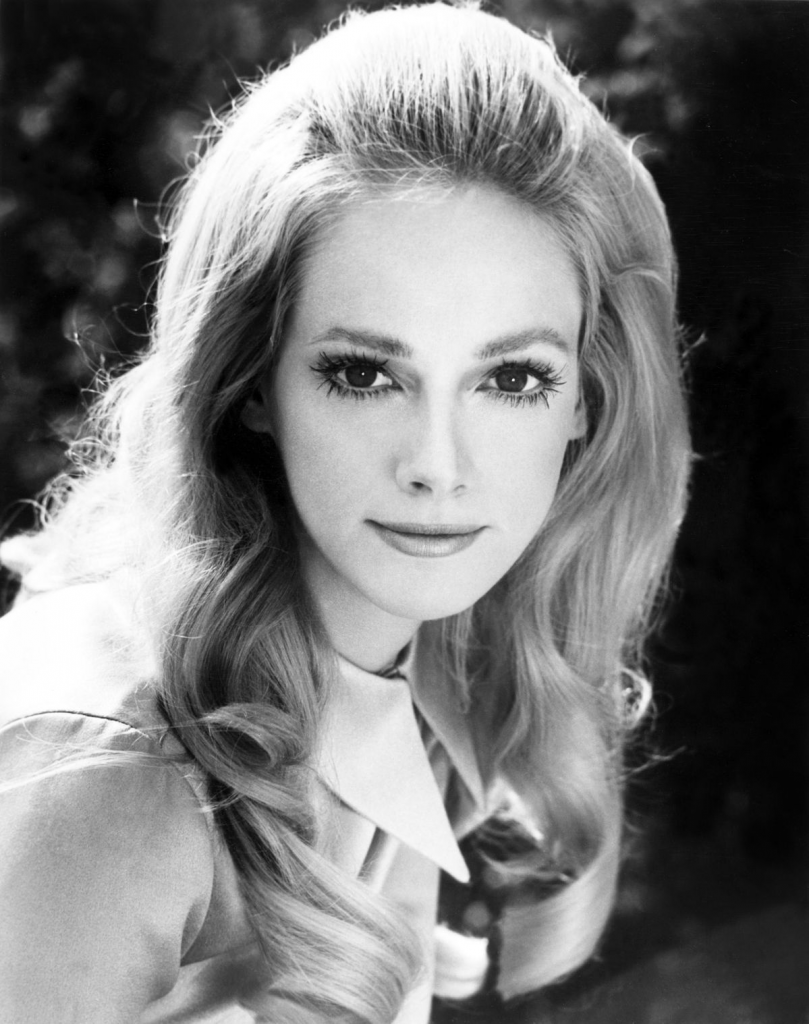
Sondra Locke’s life was one of triumph, turbulence, and transformation. She rose from small-town beginnings to Hollywood acclaim, endured one of the industry’s most publicized relationships, and emerged as a symbol of strength and perseverance.
Her story isn’t merely about fame or heartbreak—it’s about a woman who refused to be silenced, who turned adversity into empowerment, and who proved that true artistry lies not in being adored but in being authentic.
Sondra Locke’s brilliance still lingers in every role she played and every fight she won—an enduring reminder that even when the spotlight dims, true talent and courage never lose their shine


